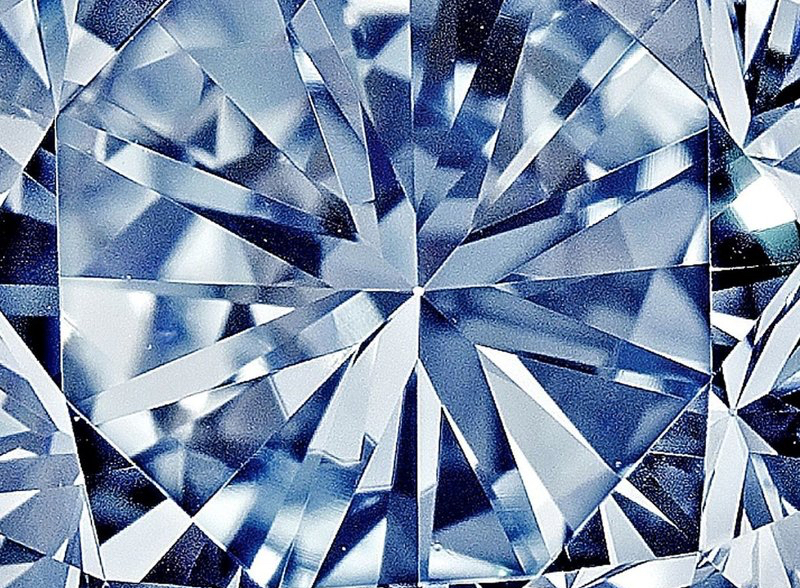
Reflecting On The Ion-X Vs. Sapphire Debate
We’ve known for some time that Apple Watch Sport has a more “visible” Ion-X glass covering than does its more expensive sapphire counterparts. It’s an old story that will likely keep getting recycled until such a time that Apple finds a way to dramatically reduce the reflective properties of the sapphire in question.
I’m just not sure that’s going to happen.
Because I’m not sure Apple really wants that in the first place.
I’ve said it before, but it bears repeating since the tech community is still falling over itself to qualify the top two tiers of Apple Watch in terms of familiar specification and statistic. But that’s not why the hardware materials for the stainless and gold versions were chosen, and that’s not what Apple cares about in positioning them as bona fide fashion items.
So think about the “Ion-X vs. sapphire” performance numbers in fashion terms (which means “throw the numbers out altogether”).
Look at it this way: Sapphire is, in traditional watchmaking, not merely used for its superior scratch resistance, but also because of its high reflectance, glittering on the wrist like the flat facet of a giant diamond. Indeed, in most Swiss circles, nobody refers to such a case covering as “sapphire glass” like everyone in the tech community seems to call it. No, aficionados and high-dollar manufacturers — including Apple itself! — always call it “sapphire crystal.” Crystal. You know, like a jewel. Shiny.
Blingy.